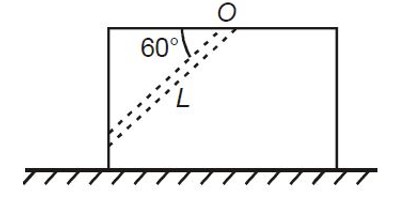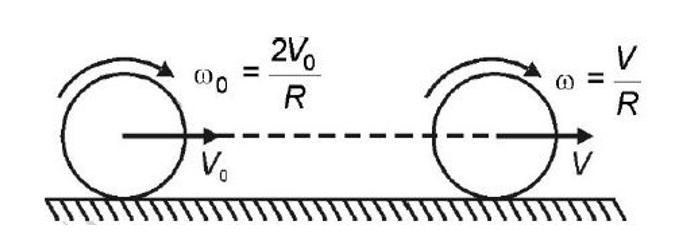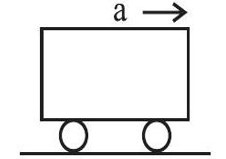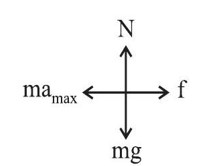Physics Laws of Motion
Get insights from 189 questions on Physics Laws of Motion, answered by students, alumni, and experts. You may also ask and answer any question you like about Physics Laws of Motion
Follow Ask QuestionQuestions
Discussions
Active Users
Followers
New answer posted
2 months agoContributor-Level 10
Applying conservation of momentum, m (ui + 2uj) + 3m (0) = 4m (vi +vj)
⇒ v = u / 4 and v' = u / 2
New answer posted
2 months agoContributor-Level 9
F.B.D. of hanging length
F.B.D. of chain lying on the table
f = T =
x = 2m
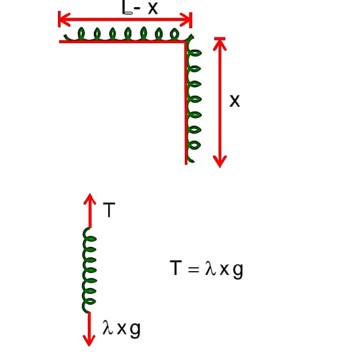
New answer posted
2 months agoContributor-Level 10
-mv cos 60? + 2mu = 0 => v = 4u
½m [v² + u² + 2uv cos 120? ] + ½mu² = mgx sin 60?
=> v² = (8/7)√3gx => ar = (4√3/7)g
∴ t = √ (2L * 7)/ (4√3g)
New answer posted
2 months agoContributor-Level 10
a = fr/m
∴ V = V? + at? = V? + (fr/m)t?
and α = 2Rfr/mR² = 2fr/mR
∴ ω = ω? - (2fr/mR)t?
∴ V = ωR ∴ v? + (fr/m)t? = ω? R - (2fr/m)t?
= (3fr/m)t? = V? = (fr/m)et?
∴ V = V? + V? /3 = 4V? /3
t? = mV? / (3μmg)
= V? /3μg
New answer posted
2 months agoContributor-Level 10
velocity of car at t = 4sec is
v = u + at
v = 0 + 5 (4)
= 20 m/s
At t = 6sec
acceleration is due to gravity ∴ a = g = 10 m/s
v? = 20 m/s (due to car)
v? = u + at
= 0 + g (2) (downward)
= 20 m/s (downward)
v = √ (v? ² + v? ²)
= √ (20² + 20²)
= 20√2 m/s
Taking an Exam? Selecting a College?
Get authentic answers from experts, students and alumni that you won't find anywhere else
Sign Up on ShikshaOn Shiksha, get access to
- 65k Colleges
- 1.2k Exams
- 679k Reviews
- 1800k Answers



